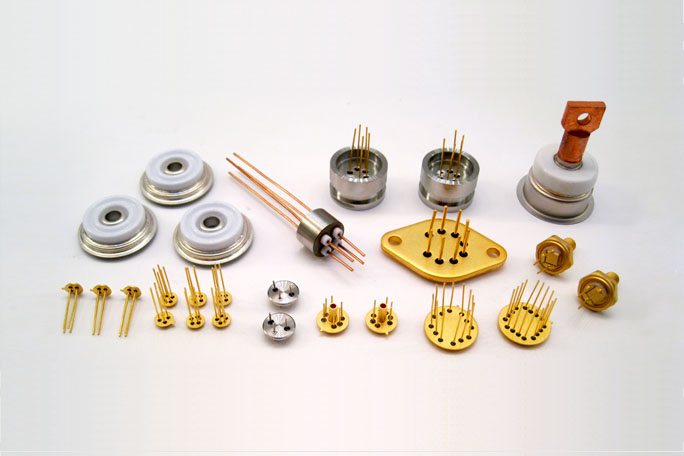In One Earnings Call, UPS CEO Makes Job Her Own
(Bloomberg Opinion) — Some new CEOs prefer to sit back for awhile, watching and learning while they plot their legacy. Others carry on their predecessor’s plans. And then there are those who waste no time making the job their own. New United Parcel Service Inc. CEO Carol Tome falls into the latter category.
Thursday marked the first earnings day for new CEO Carol Tome, a former Home Depot Inc. executive and UPS board member who succeeded long-time leader David Abney in June. I’d say it was a respectable debut, but that somehow cheapens it. It was downright impressive. The presentation felt refreshing on many fronts. Tome (pronounced “Toe-MAY”) was able to combine a frank and hard-nosed assessment of UPS’s past spending habits with a bit of personality. She exuded confidence and competence, but she also made some jokes and it felt like she was really being herself. That’s not an easy thing to do as a woman in business; Tome is one of only about 30 female CEOs among S&P 500 companies.
It helped that Tome had robust numbers to tout: Adjusted earnings in the second quarter were twice as high as analysts had anticipated at $2.13 a share. Profit margins soared in the international business as UPS added more flights at higher yields to meet a spike in demand for products out of Asia. But they also held up much better than might have been expected in a domestic segment that saw average daily volume surge by nearly 23% in the quarter as coronavirus-lockdowns spurred an e-commerce frenzy among everyday consumers. Such deliveries tend to be less profitable because getting online orders to residences requires more driving and additional stops than business shipments.
The margin resilience in the domestic segment is partly a reflection of surcharges and route limitations that both UPS and rival FedEx Corp. have imposed on deliveries for their busiest customers. Heading into the earnings call, my biggest question was whether that was going to be sustainable once the immediate surge in Covid-buying began to fade. As soon as Tome started talking, though, it was clear this was the beginning of a much deeper change. “It’s all about becoming better, not bigger,” Tome said. For her, this means rethinking how UPS invests in its business, taking a tougher stance with retailers on pricing and prioritizing higher-quality volume.
She gave the example of the company’s fleet of Boeing Co. 747s. The company pressed those wide-body jets into service to help handle the large demand for products out of Asia with fewer flights in an effort to “sweat the assets that we have.” But when an opportunity recently became available to buy more of the jets, UPS passed. The planes would have created excess capacity that UPS then would have had to find volume to fill, likely at unattractive prices. “We have not gotten the returns that we should have delivered on some of the capital investments that we made,” Tome said. “We will get the network right before we think about investing more dollars’’ in it, she said.
That’s bad news for Boeing and other aerospace suppliers who had been hoping demand from freight companies might mitigate malaise among commercial airlines with the pandemic bringing air travel to a crawl. But it’s great news for UPS shareholders who have long complained about a lack of visible payoff from the billions upon billions of dollars the company has shelled out in the name of making its network more efficient and profitable.
The 747s are just the tip of the iceberg. UPS is rethinking all levels of its spending and only going to put money toward projects that customers actually want and will pay for. It sounds simple, but it’s easy for large operators with long histories to get stuck in old-school trains of thought. Tome pointed out that an initial review of UPS’s 400 to 500 different products found that roughly 100 weren’t selling and yet all the offerings — along with the salesforce, technology and financial infrastructure that support them — had stayed on the books.
Once you have the right products, you can go after the right kind of customer. Tome is speeding up an effort to reduce the amount of time packages from small- and medium-sized businesses spend in transit in an effort to bring on more of those kinds of customers. “Why am I focusing on SMB?” Tome asked, referring to small and medium businesses. “Because the SMB customer values an end-to-end network and they pay us for it.” The implied contrast is to a customer such as Amazon.com Inc., which is more interested in negotiating discounts relative to its large amounts of volume. Every percentage point in sales retained among small business clients translates into $170 million of high-quality revenue, Tome said.
“This is a big company to turn; you can’t do it overnight,” Tome said. But she seems to have made a remarkable amount of progress in a very short time as CEO and the level of detail on her longer-term outlook for UPS’s network was staggering. It just goes to show what fresh eyes can do.
This column does not necessarily reflect the opinion of the editorial board or Bloomberg LP and its owners.
Brooke Sutherland is a Bloomberg Opinion columnist covering deals and industrial companies. She previously wrote an M&A column for Bloomberg News.
For more articles like this, please visit us at bloomberg.com/opinion
Subscribe now to stay ahead with the most trusted business news source.
©2020 Bloomberg L.P.




.jpeg?width=682&height=455&name=AdobeStock_295048993%20(1).jpeg)

